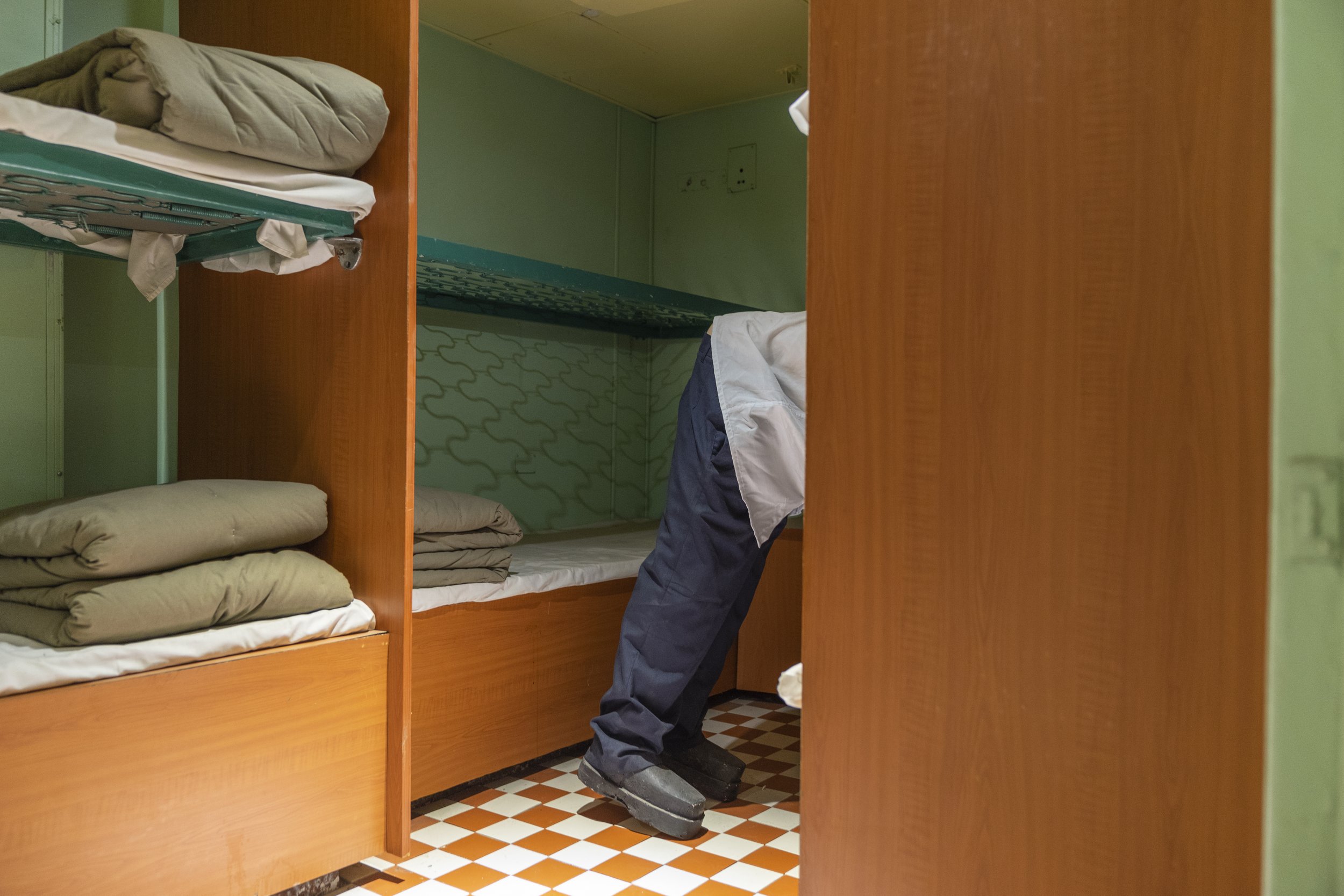您受累,请问天津还有什么好玩儿的?
Excuse Me, What Fun Things Are There Still to Do in Tianjin?
2018-2019

In “The Disappearing Harbor: Between Time, Space and Memory” at China Port Museum, Ningbo, China
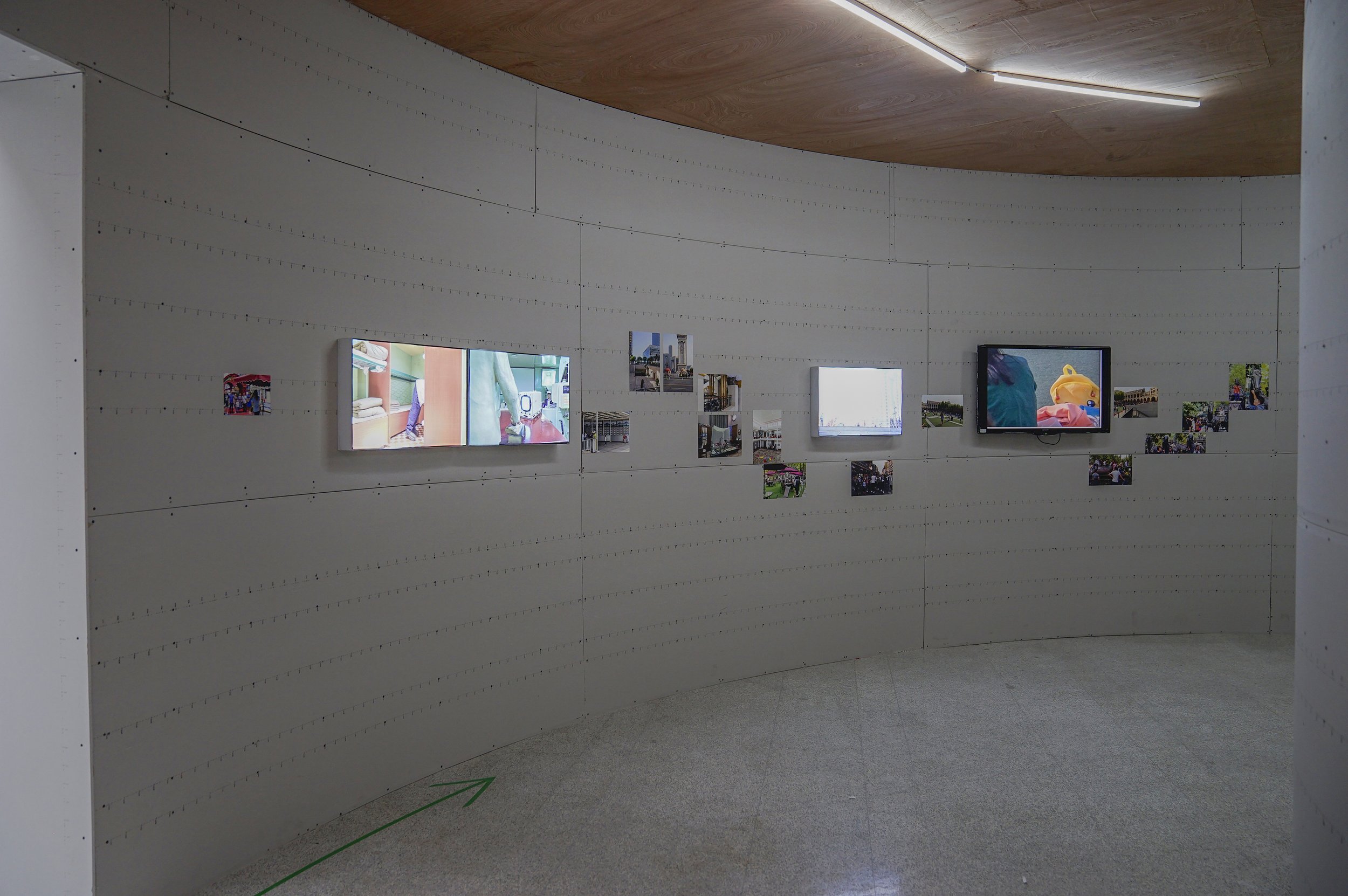
In “The Disappearing Harbor: Between Time, Space and Memory” at China Port Museum, Ningbo, China

In “The Disappearing Harbor: Between Time, Space and Memory” at China Port Museum, Ningbo, China
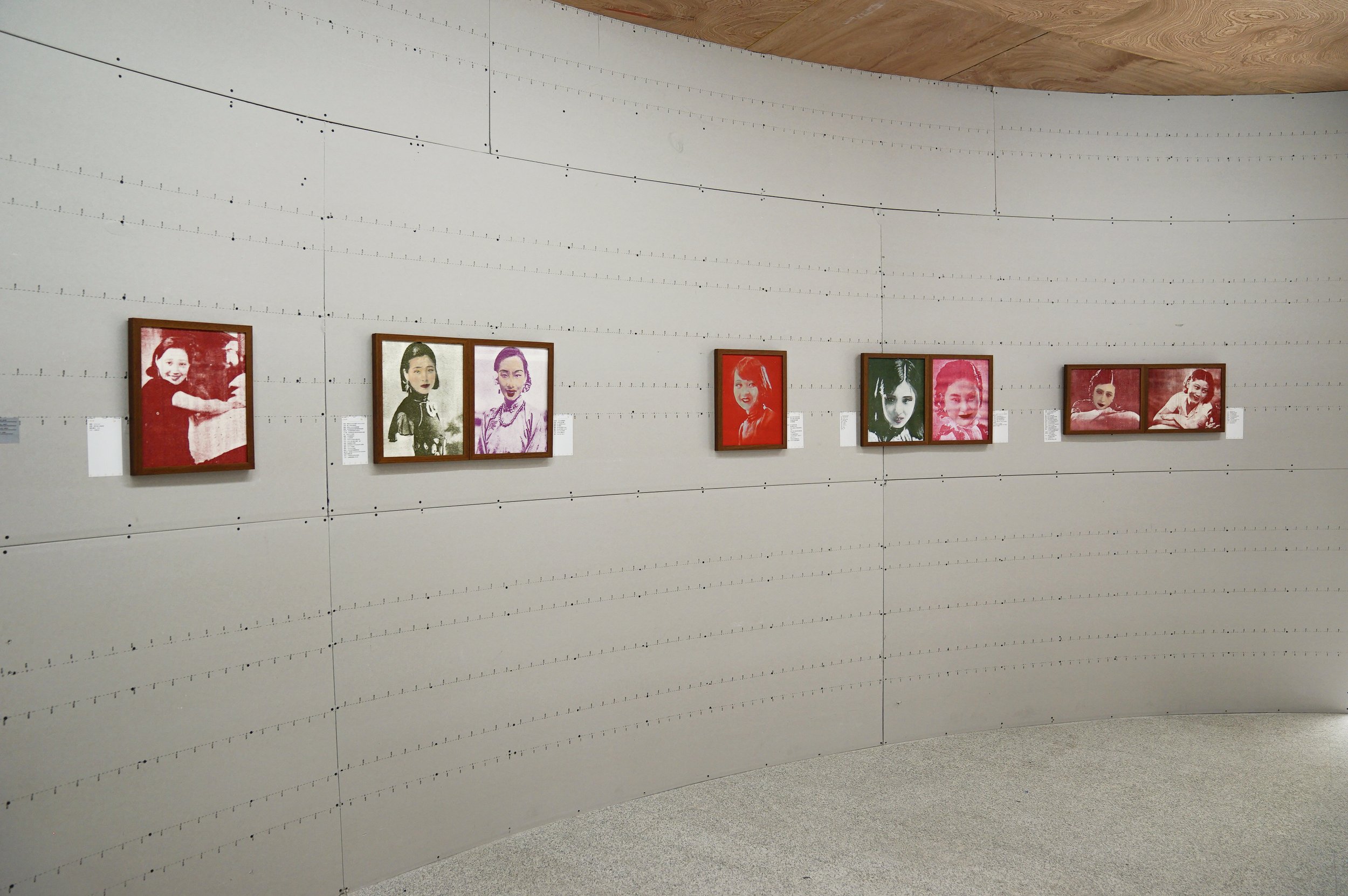
In “The Disappearing Harbor: Between Time, Space and Memory” at China Port Museum, Ningbo, China
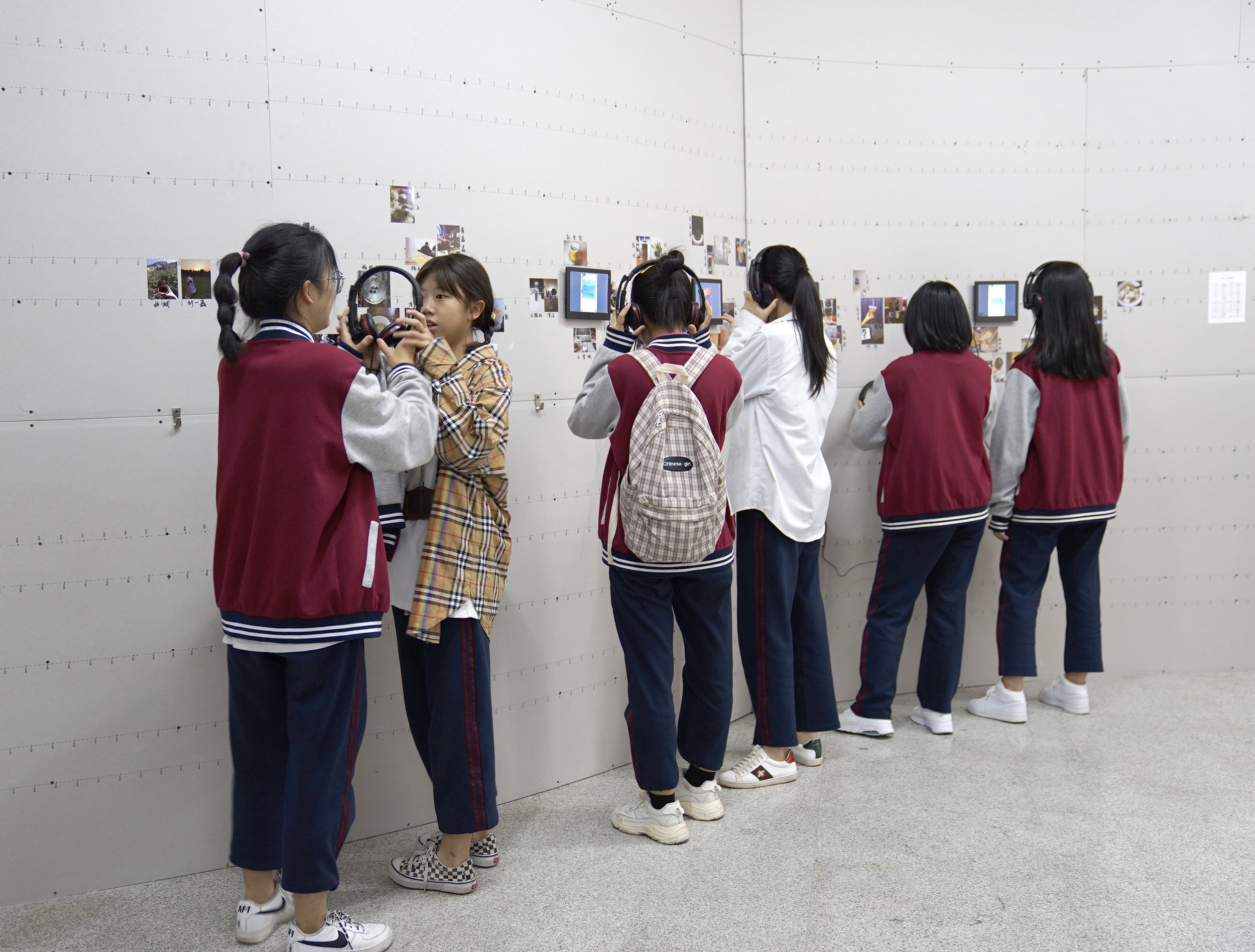
In “The Disappearing Harbor: Between Time, Space and Memory” at China Port Museum, Ningbo, China





这组作品是中国港口博物馆与独立策展人何伊宁共同策划的“港口与影像”项目第二期的委任项目之一。
2018年10月之前,我从未到过天津。我之于天津,只是个新游客。而游客般好奇又疏离的心态,让我在面对策展人何伊宁建议的“天津娱乐事业发展”这一半命题时,得以相对自由地制造并不宏大的创作计划,甚至是“点对点”的策略——在这一宽泛的话题下,尝试触碰具体的“娱乐”方式与不同时期的人之间的关联。
我以清末及租界时期至今天津人娱乐生活延承、变化的几个面向为基,以过往和当下的娱乐场所、曲艺、相声、赛马、跳舞、妈祖与当代人的形象等具体话题为线索,设置了不同的次级项目。这些项目一部分由摄影图像构成(过往娱乐空间在当下形态的记录,娱乐休闲空间中人的状态等);另一些则建立在我自己的行为,以及其他人(尤其是一些天津人士)的参与之上,实现对“发展、变化”的不同方式的阐述甚至个人化的介入,这部分作品的呈现样态包括视频记录、直播平台互动录屏、小型现场装置等。
This project is part of “The Port and the Image II” project, co-curated by the China Port Museum and independent curator He Yining.
I had never set foot in Tianjin before October 2018. To the city, I was just a newly arrived tourist. But it was precisely the curious and detached attitude of a tourist that allowed me to adopt a relatively free-spirited approach when I started drafting my proposal for the loosely-defined topic—“the development of Tianjin’s entertainment industry”—at the suggestion of curator He Yining. It was not exactly ambitious; I even came up with a “point to point” strategy and attempted to touch on the relationship between specific types of “entertainment” and people from different time periods within the broad topic.
Starting from several aspects of the heritage and evolution of Tianjiners’ recreational life from the time of foreign concessions at the end of the Qing Dynasty to date, I created a variety of subprojects based on specific subjects such as entertainment venues, quyi (a group of folk art forms), xiangsheng (crosstalk), horse racing, dancing, as well as the images of goddess Mazu and contemporary people from the past and the present. Some of the subprojects consist of photographic images (records of entertainment spaces from the past in contemporary forms, the state of people within entertainment spaces, etc.); some are based on my own activities and the participation of others (especially residents of Tianjin), carrying out the narration of different types of “development and change” and even personalized interventions. These projects are presented in various forms, including video recordings, interactive screen recordings on live-streaming platforms, and small on-site installations.
看不到脸的蜡像水兵无法与之留念
基础版的旅游指南告诉我去往天津的哪些景点、街区和建筑打卡。不同空间过往的功能差异,如今统一被整理、加工,或凝缩于背景板供人们扫视(以及凝视),或被寄存到(仿)古旧物件、声音、氛围等等之上,围绕但不触及来来往往的人。人们因“此曾……”之诱导进入这些场所,然后迅速转变成暂时的主人,把它们的碎片收纳进自己的私人历史。
大历史因休闲旅游而“续命”,而对当下的游客来说,如果不拍张留念照,这些新生成的、更微小的历史碎片会有另外(未来)的人愿意保管吗?
对了,如果你登上停靠在汉沽八卦滩的基辅号航母,可以跟那位埋头整理被褥、看不见脸的水兵打声招呼。也许唯有他,被后世重塑的个人历史依然凝固于一刻,只属于自己。
No Photo with the Faceless Wax Marine
Basic travel guides tell me where to go in Tianjin—a checklist of must-see attractions, districts and architecture. The functional differences between spaces from the past have been organized, processed, or summarized on the backdrop for people to scan (and stare at) in a standard way, or stored in antique (-styled) objects, sounds and atmosphere, etc., enveloping passersby without touching them. People are drawn to these places because “they used to be…”; upon entering, visitors soon become the temporary owners of the place, pocketing its fragments and storing them in their own personal histories.
History at large owes its survival to casual tourism. As for contemporary tourists—if they don’t take a photo as souvenir, would anyone else (anyone in the future) be willing to preserve these newly generated, finer fragments of history?
Oh right, if you board the aircraft carrier Kiev at Bagua Beach in Tianjin’s Hangu District, you can say hi to the faceless marine who’s busy making his bed. Perhaps he is the only one whose personal history, which was recreated by later generations, is still frozen in time and belongs to himself and himself alone.
七种蹄印
清末至民国时期,天津的7个地方曾修建了赛马场。我以马蹄铁的印记为基本素材,结合直接摄影与视频、行为、老照片、地图、表格等,以7种版块展现赛马相关话题,尝试在历史与空间、(伪造)遗物与痕迹、荣誉、血统等方面建立不严肃的联系。
在《蹄印之七:旧址》中(最后一个视频),我将7块马蹄铁放置于天津旧日7处马场的故址,不知它们何时会被何人拾到——路人、环卫工人、玩耍的小孩儿,或者极具浪漫色彩地在多年后由考古学者挖掘出来?关于赛马的历史,就这样多了一点彩蛋。
Seven Types of Hoofprints
From the end of the Qing Dynasty to the ROC period, 7 horse racing venues were built in different parts of Tianjin. Using hoofprints as my source, I attempted to establish casual links between history and space, (fake) relics and traces, honor, bloodline and other topics by presenting 7 different segments related to horse racing with straight photography, video, performance, vintage photographs, maps and charts, etc.
In The 7th Hoofprint: Former Sites (the last video), I placed seven horseshoes at seven sites of old race courses in Tianjin, wondering when they would be picked up, by passers-by, sanitation workers, children playing around, or romantically excavated by archaeologists many years later. About the history of horse racing, there might be a little more Easter eggs.














茶好,水开
依据天津仁昌广播电台1936年1月1日整日的节目单,我重制了其中的曲艺节目,于几个月内,在直播平台上分时段播放这些曲目;请受邀的听众在闲暇时收听,并在确认自己舒服的状态下,拍下正在饮用的水/酒/茶/其他饮品,将照片发回给我。此举旨在回应关于天津旧日茶馆、戏园的评价标准:茶好,角好,水开。
Tea’s Good, Water’s Boiling
I recreated a quyi program based on Renchang Broadcasting Station’s full program for January 1, 1936, and broadcasted the content at different times on live-streaming platforms over a few months. Audience were invited to listen to the program at their leisure, make themselves comfortable, take photos of the water/alcoholic beverage/tea, etc. they were drinking, and send the pictures to me. This project was designed as a response to Tianjiners’ criteria for good tea houses and theaters in the olden days: the tea’s good, the performers are good, the water’s boiling.
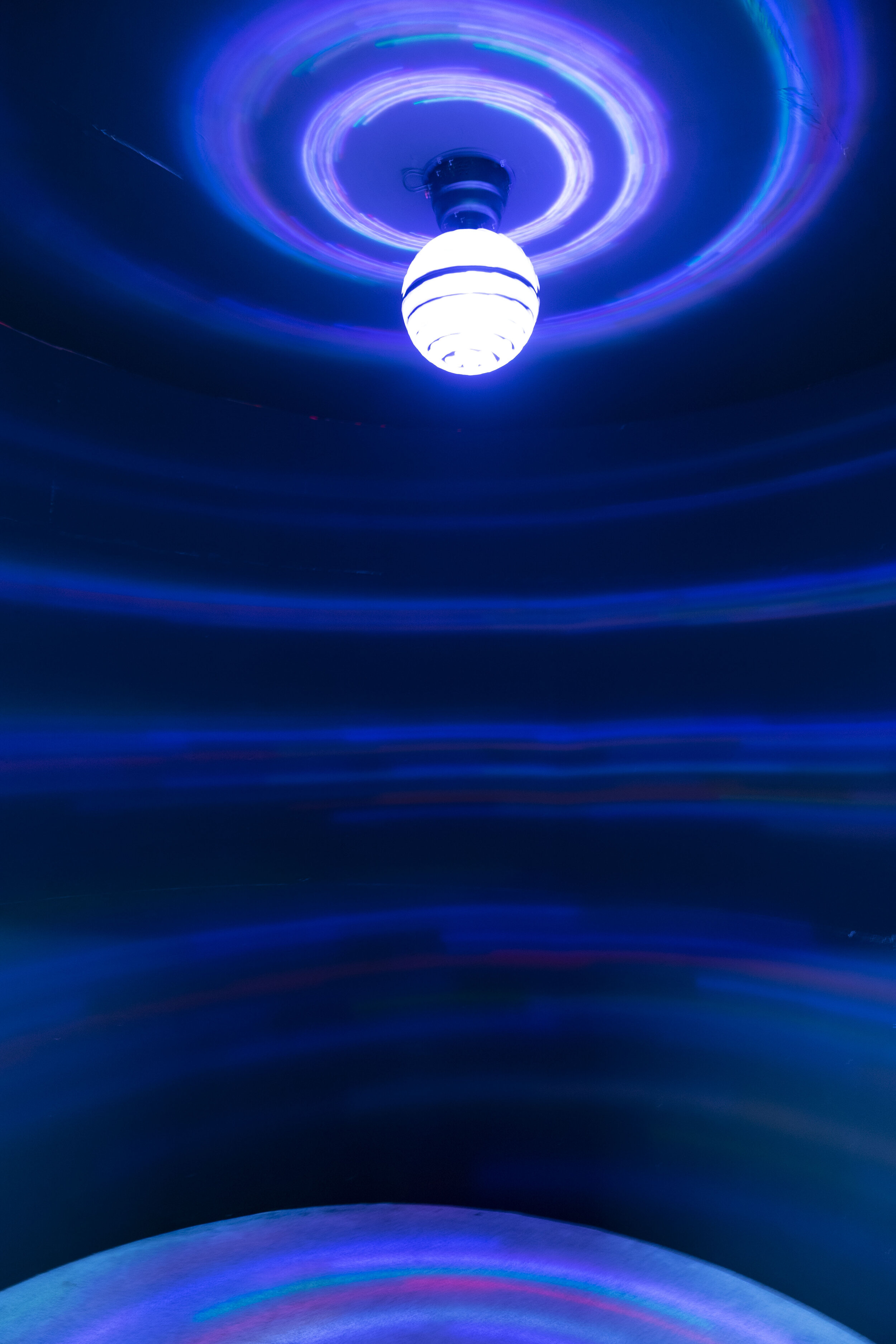
“港口与影像II 消失的码头:在时空与记忆之间”展览(策展人:何伊宁)
In the exhibition of The Port and the Image II (curator: He Yining)
China Port Museum, Ningbo, China, 2019

Silhouettes of dancers are pasted on the lamp balls at the exhibition site. These pictures are respectively from photos of Tianjin dancing stars in Beiyang Pictorial in the 1930s and video screenshots of Tianjin dancers in Tik Tok.
你要跳舞吗?晚上来
此版块关于跳舞(交际和娱乐方向)。跳舞这一行为在多数时候兼具了私密性和相对的群体性,一些主动或偶然,期待或无意的(短时)际会在舞场发生。舞场不自觉承载的这种环境功能不曾过时,变化的则是旧日人们把目光投向舞厅里的明星,而今,这些明星更多地成了(夜店、直播间和社交平台里的)我们自己。灯光透过一代代明星的剪影放射出来,靠近光源,人被分割成两个极端的面相,闪耀和隐藏。
白天对于思考是友善的,所以,就晚上来吧。
Would You Like to Dance? Come in the Evening.
This section is about dancing (social and entertainment). Most of the time, the act of dancing is both private and relatively group. Some active, accidental, expected or unintentional interaction (for a short time) happen on the dance floor. This environmental function of the dance floor has not gone out of style. What has changed is that people used to look at the stars in the stage, now the stars become ourselves who dance in the night clubs, live streaming and social media. Lights shine through the silhouettes of stars from generation to generation. Close to the light source, people are divided into two extreme faces: shining and hidden.
The day is kind to thinking, so come in the evening.
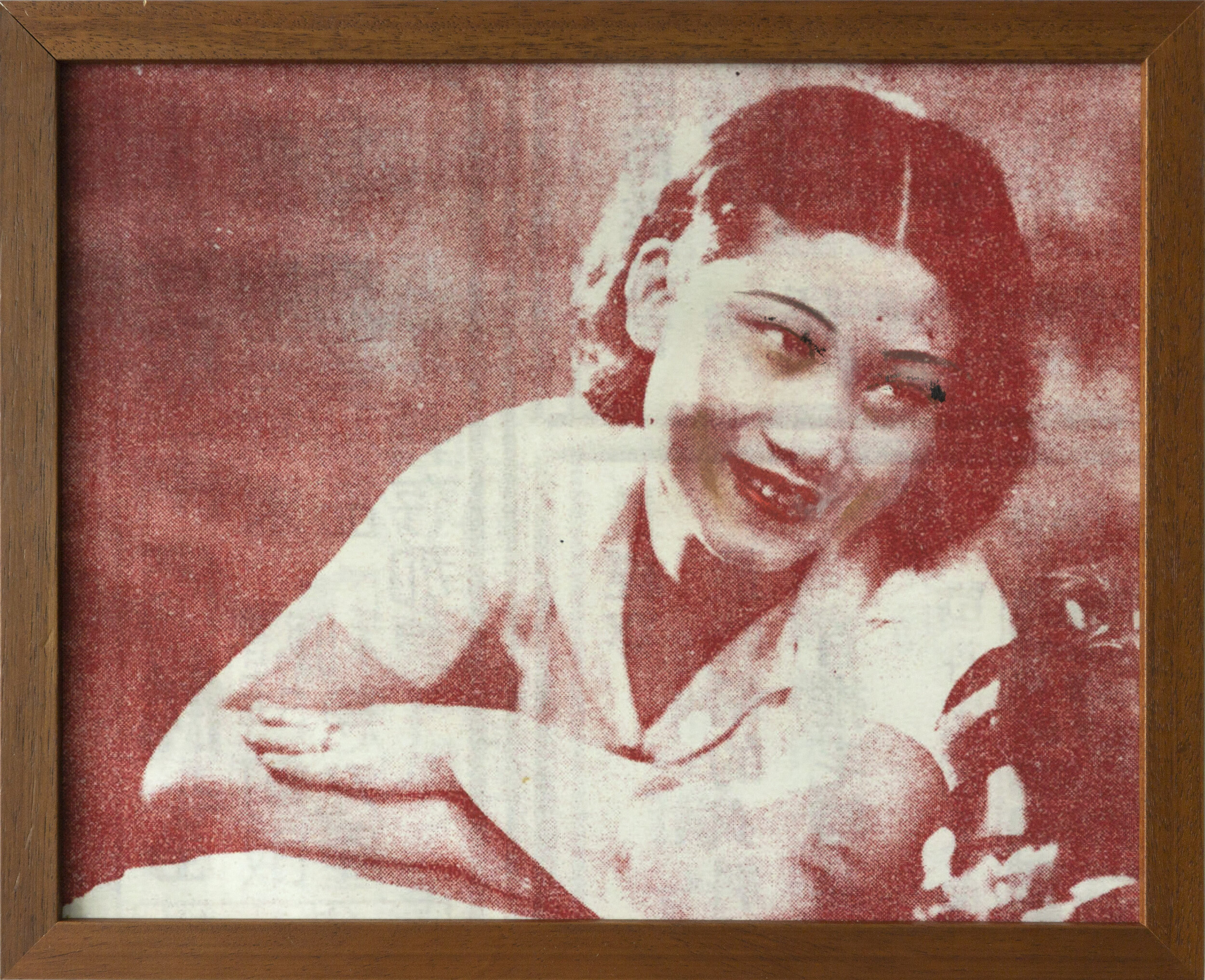
An Na, 1933 (Make-up by Wang Xueying)
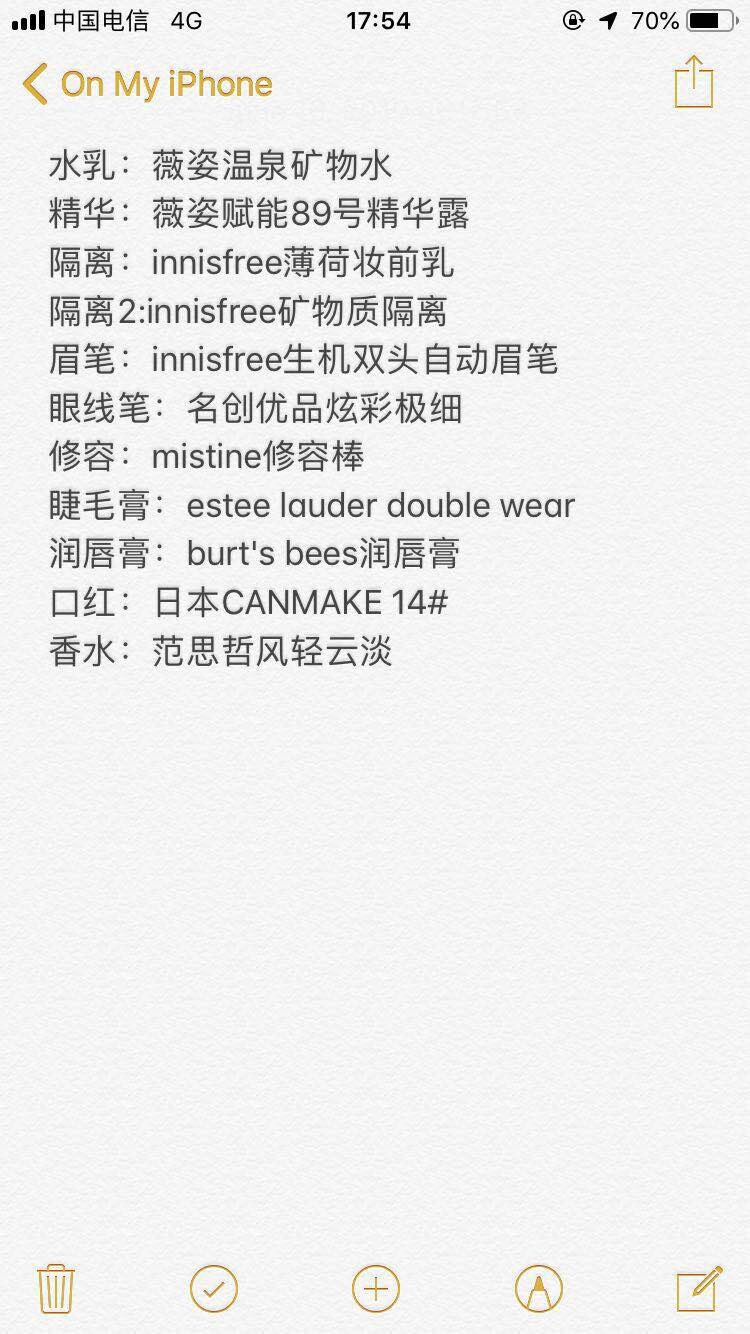
Cosmetic material used by Wang Xueying
Facial Toner: Vyse Thermal Mineral Water
Face Serum: Vyse 89 Serum
Foundation: innisfree Mint Makeup Prep
Foundation 2: innisfree Mineral Moisture Base
Eyebrow: Innisfree Double-ended Automatic Eyebrow Pencil
Eyeliner: Miniso Ultra Thin Waterproof Eyeliner Touch-up: Mistine Touch-up Stick
Mascara: Estee Lauder Double Wear
Lip Balm: Burt's Bees
Lip Stick: CANMAKE 14#
Perfume: Versace Eau Fraiche
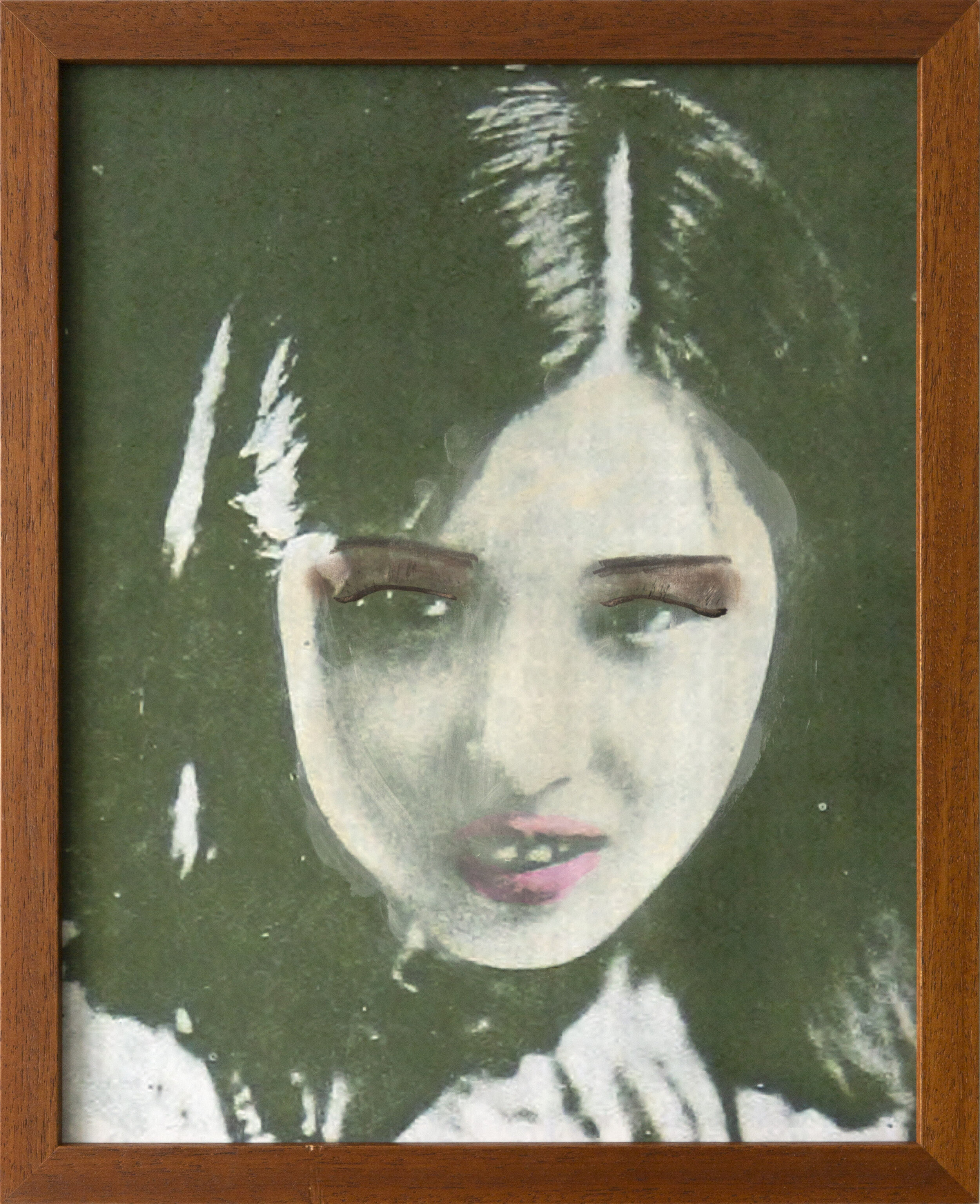
Xiao Yingying, 1933 (Make-up by Wei Mingming)

Cosmetic material used by Wei Mingming
Facial Toner: La Roche-Posay Dermo-Soothing Hydrating Lotion
Face Serum: Estee Lauder Advanced Night Repair
Lip Balm: Vaselin
Eye Care: Estee Lauder Advanced Night Repair Eye Supercharged Complex
Moisturizer: Kiehl's Ultra Facial Cream
Primer: Armani Prima
Foundation: CPB Radiant Cream Foundation
Eyebrow: Innisfree
Eyeliner: Bobbi Brown
Eyeshadow: MAC
Blush: Shu Uemura
Mascara: Lancôme
Lip Stick: YSL

Yao Nianyuan, 1934 (Make-up by Lan Yuqing)

Cosmetic material used by Lan Yuqing
Primer: Sofina Primavista
Foundation: CPB Radiant Cream Foundation
Concealer: Nars Radiant Creamy Concealer #Vanilla
Powder: Nars
Bronzer: Mac Eyeshadow #Omega
Blush: Nars Blush #Orgasm
Eyebrow: Shu Uemura Eyebrow
Lip Stick: Armani Lip Maestro #200
Perfume: Zara Man Berlin
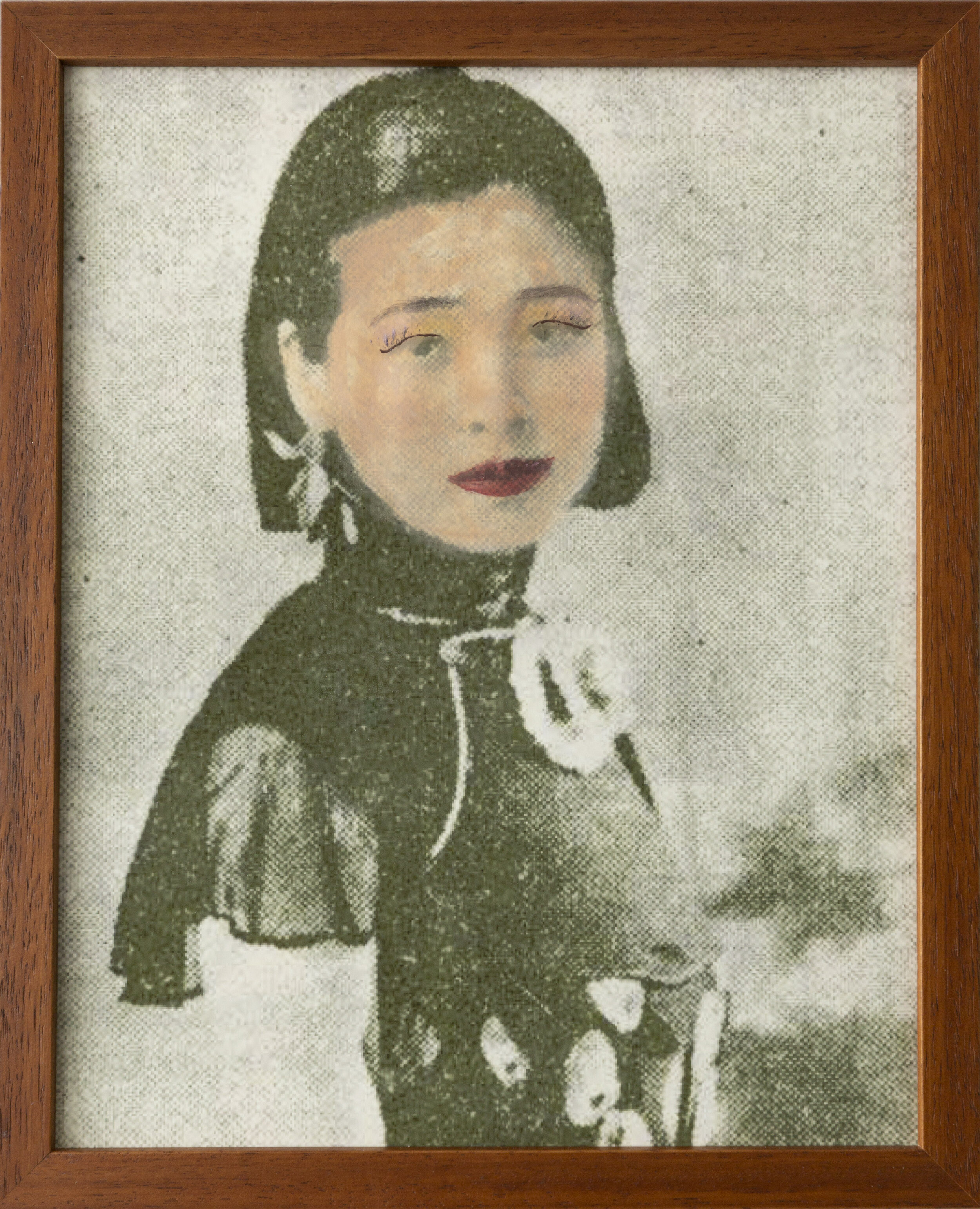
Deng Yi, 1935 (Make-up by Wang Yixuan)
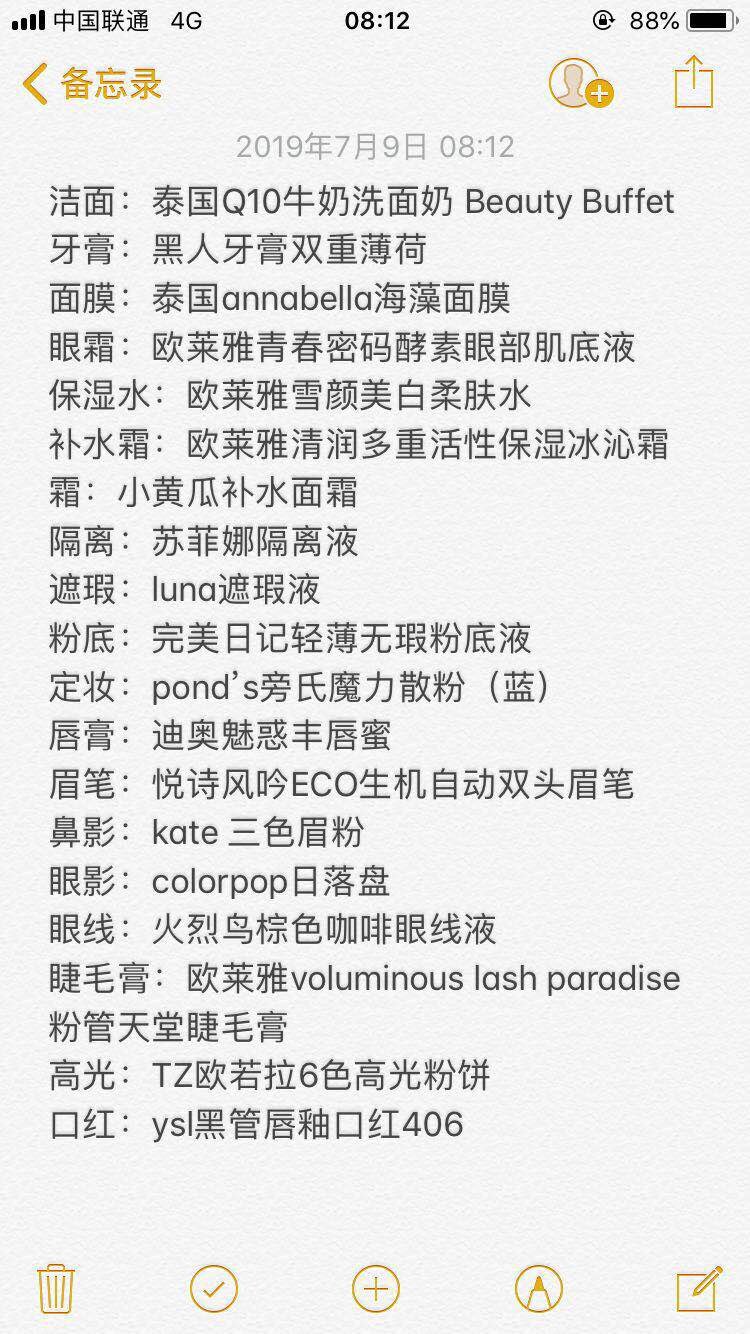
Cosmetic material used by Wang Yixuan
Facial Cleanser: Thai Q10 Milk Cleanser Beauty Buffet
Toothpaste: Darlie Double Mint
Mask: Thai Annabella Seaweed Mask
Eye Cream: L'Oreal Youth Code Ferment Eye Essence
Moisturising Water: L'Oreal White Perfect Whitening Toner
Hydrating Cream: L'Oreal Hydrafresh Genius Glacier-melting Cream
Cream: Cucumber Hydrating Cream
Isolation: Sofina Long Keep Base UV
Concealer: Luna concealer
Foundation: Perfect Diary Supreme Nude Natural Flawless Hydrating Liquid Foundation
Setting: Pond's Magic Powder (Blue)
Lipstick: Dior Addict Lip Maximizer
Eyebrow pencil: Innisfree ECO Double-ended Automatic Eyebrow Pencil
Nose Shadow: Kate Tri-Color Brow Pencil
Eyeshadow: Colorpop Yes, Please
Eyeliner: Flamingo Brown Coffee Eyeliner
Mascara: L'Oreal Voluminious Lash Paradise
Highlighter: TZCOSMETIX 6-colour Highlighter
Lipstick: YSL Vinyl Cream Lip Stain 406
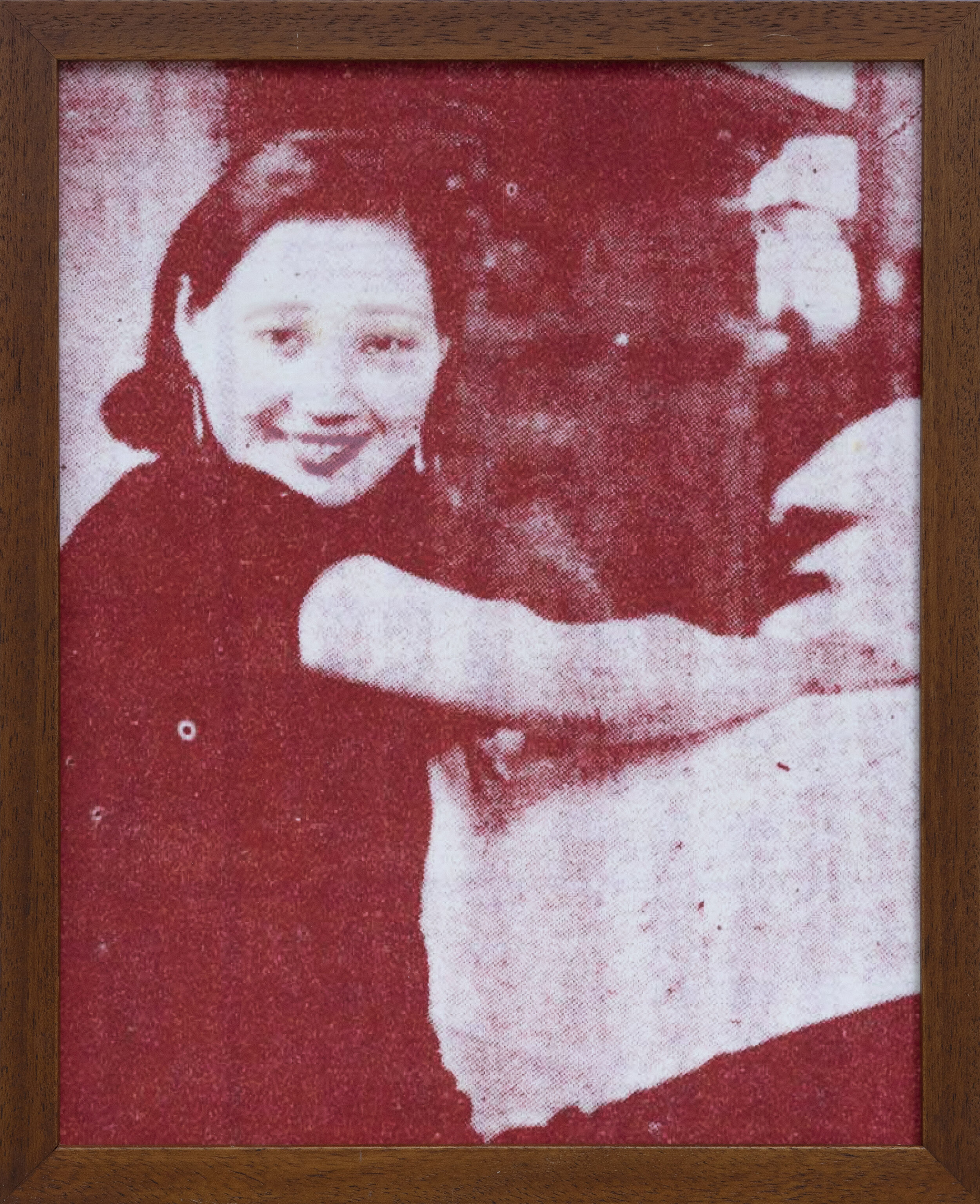
Xu Lai, 1935 (Make-up by Xiao Zhoumiao)

Cosmetic material used by Xiao Zhoumiao
Foundation: Laneige#40
Eyebrow: Shiseido Eyebrow Pencil
Eyeliner/Eyeshadow: 3CE
Blush: Lancôme 290
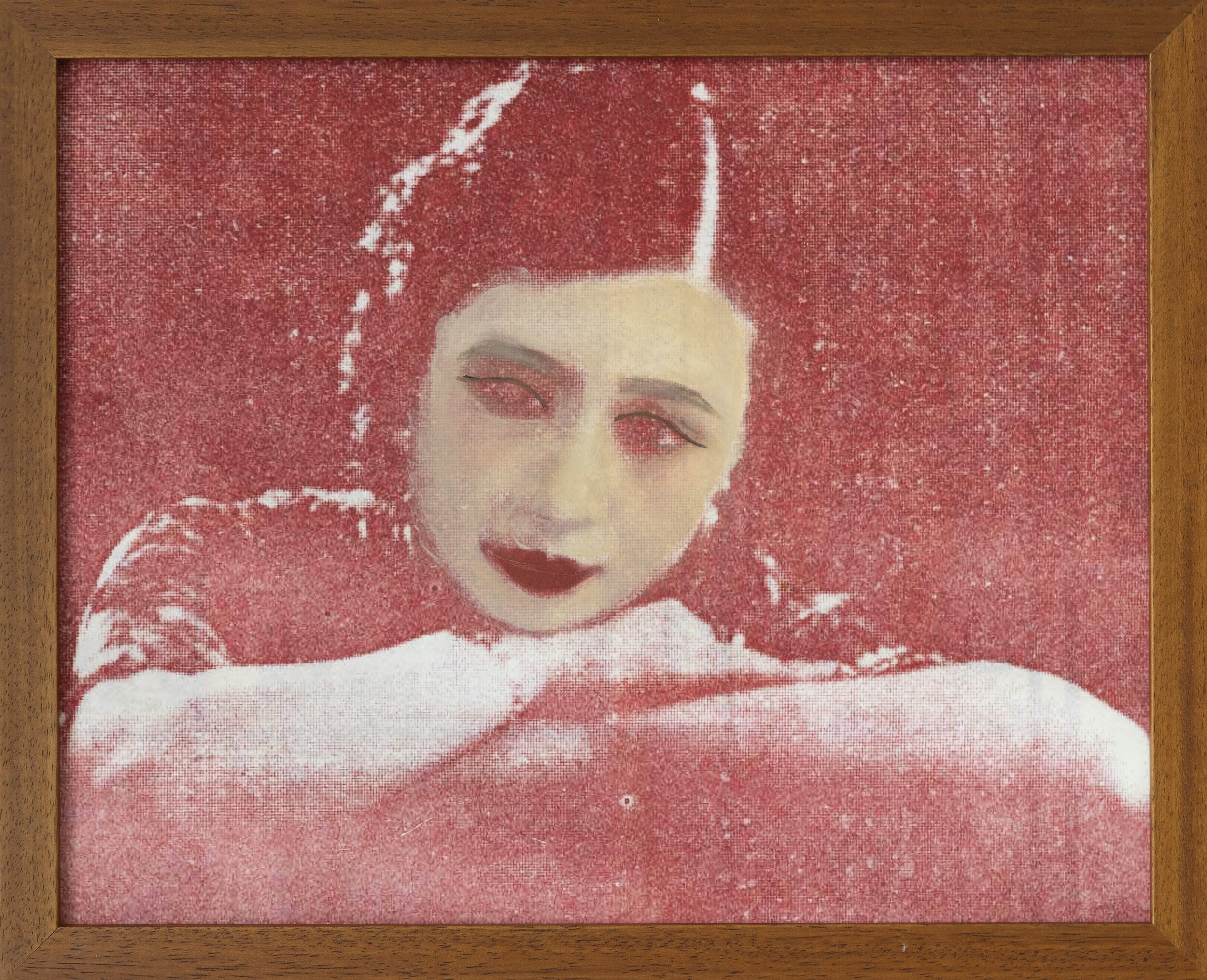
Bijunguanzhu, 1935 (Make-up by Zhu Qiutong)
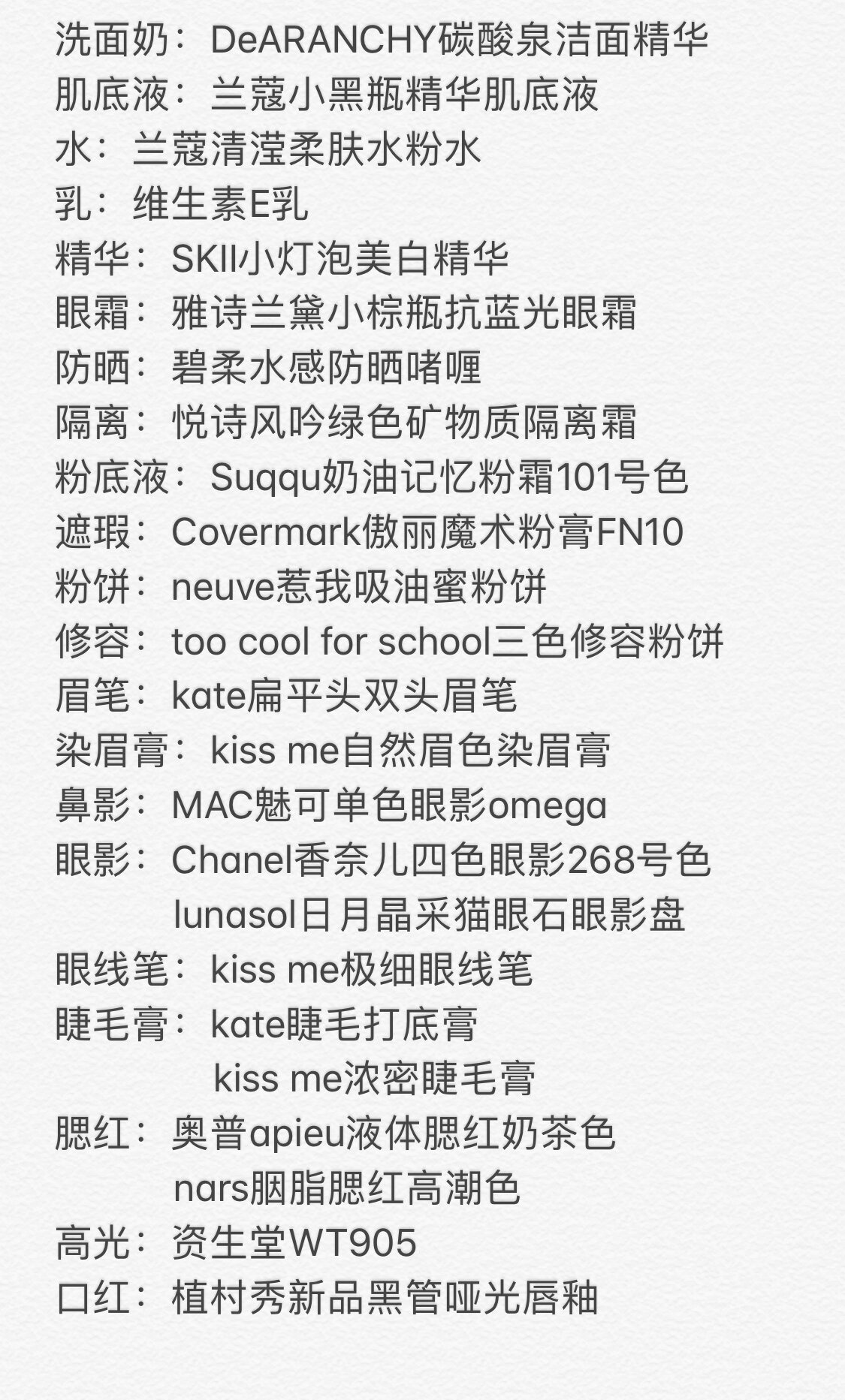
Cosmetic material used by Zhu Qiutong
Facial Cleanser: DeARANCHY Carbonic Acid Cleansing Essence
Base: Lancôme Genifique
Water: Lancôme Tonique Confort
Lotion: Vitamin E Lotion
Essence: SKII Genoptics Ultraura Essence
Eye Cream: Estee Lauder Advanced Night Repair Eye Supercharged Gel-Creme
Sunblock: Biore UV Aqua Rich
Sunscreen: Innisfree Mineral Moisture Base SPF19/PA+
Foundation: Suqqu Extra Cream Foundation 101
Concealer: Covermark #FN10
Powder: Neuve Oil-absorbing Powder
Touch-up: Too Cool For School 3-color finishing powder
Eyebrow pencil: Kate Flat-Tip Double-Tip Eyebrow Pencil
Brow Tint: Kiss Me Natural Coloring Eyebrow
Nose Shadow: MAC Mono Eye Shadow Omega
Eyeshadow: Chanel Eyeshadow Four-color, No. 268; Lunasol Cat’s Eye
Eyeliner: Kiss Me 0.1mm Eyeliner
Mascara: Kate Lash Former Clear; Kiss Me Intense Mascara
Blush: Apieu Juicy Pang Blusher BE01; Nars Blusher Orgasm
Highlighter: Shiseido WT905
Lipstick: Shu uemura Matte Lipstick
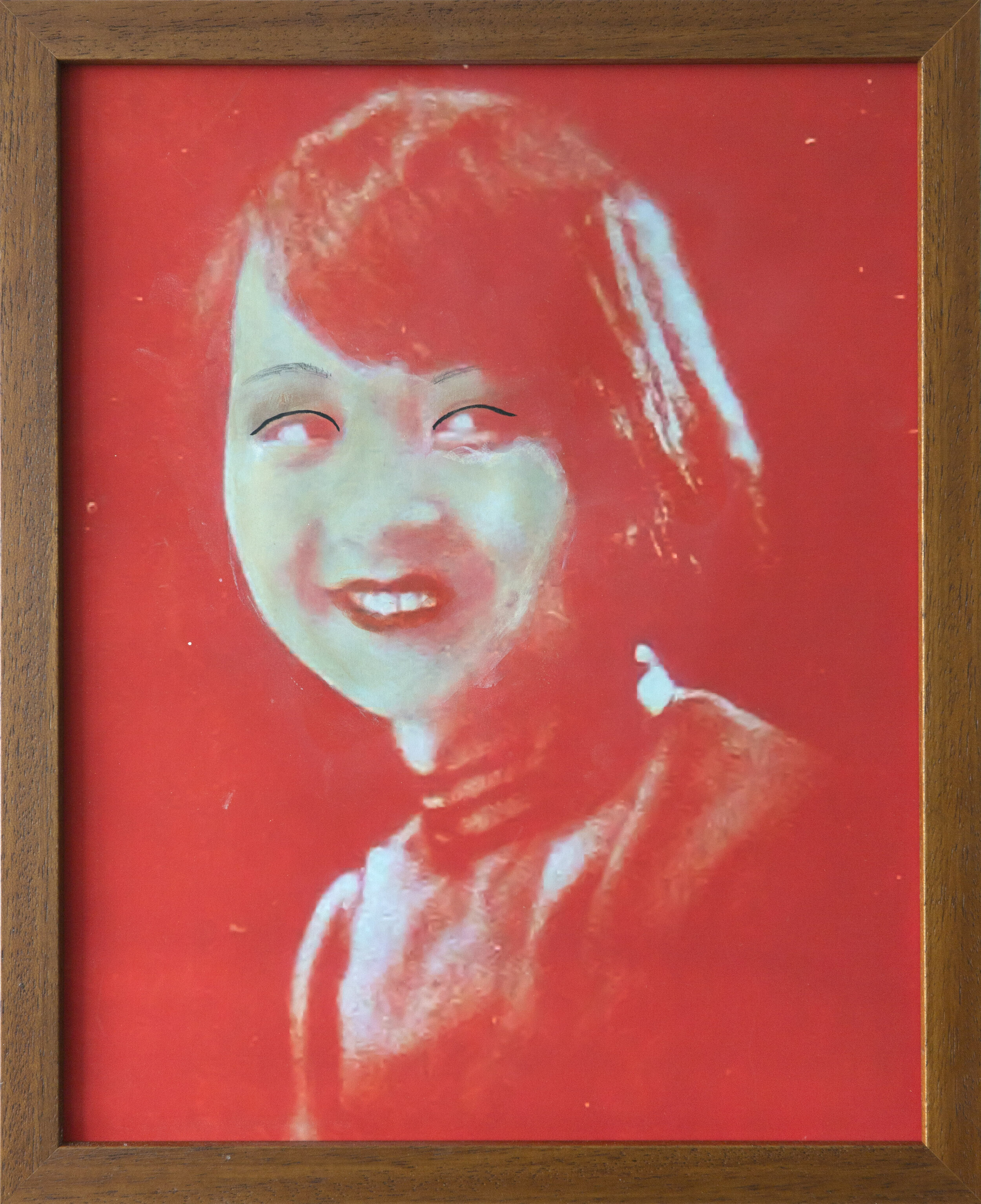
Li Lili, 1936 (Make-up by Yang Xinyi)
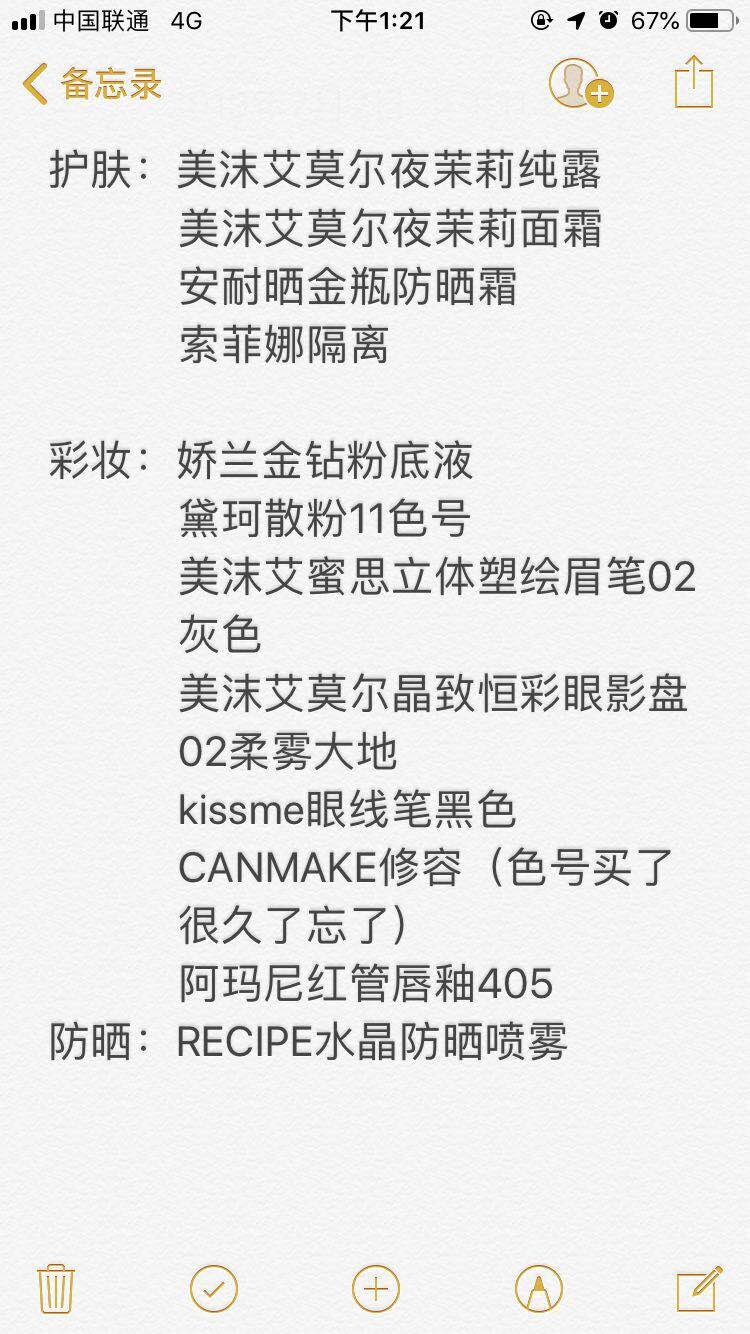
Cosmetic material used by Yang Xinyi
Moisturizer: Mo·Amour Jasmine Lotion
Moisturizer: Mo·Amour Jasmine Cream
Protection: Anessa Perfect UV Sunscreen Skincare Milk
Primer: Sofina Primavista
Foundation: Guerlain Parure Gold
Powder: Decorté AQMW Face Powder
Eyebrow: Mo·Amour Eyebrow #02
Eyeshadow: Mo·Amour Eyeshadow #02
Eyeliner: Kiss Me Skinny Eyeliner
Bronzer: Canmake
Lip Stick: Armani Lip Maestro #405
Protection: Recipe Cristal Sun Spray
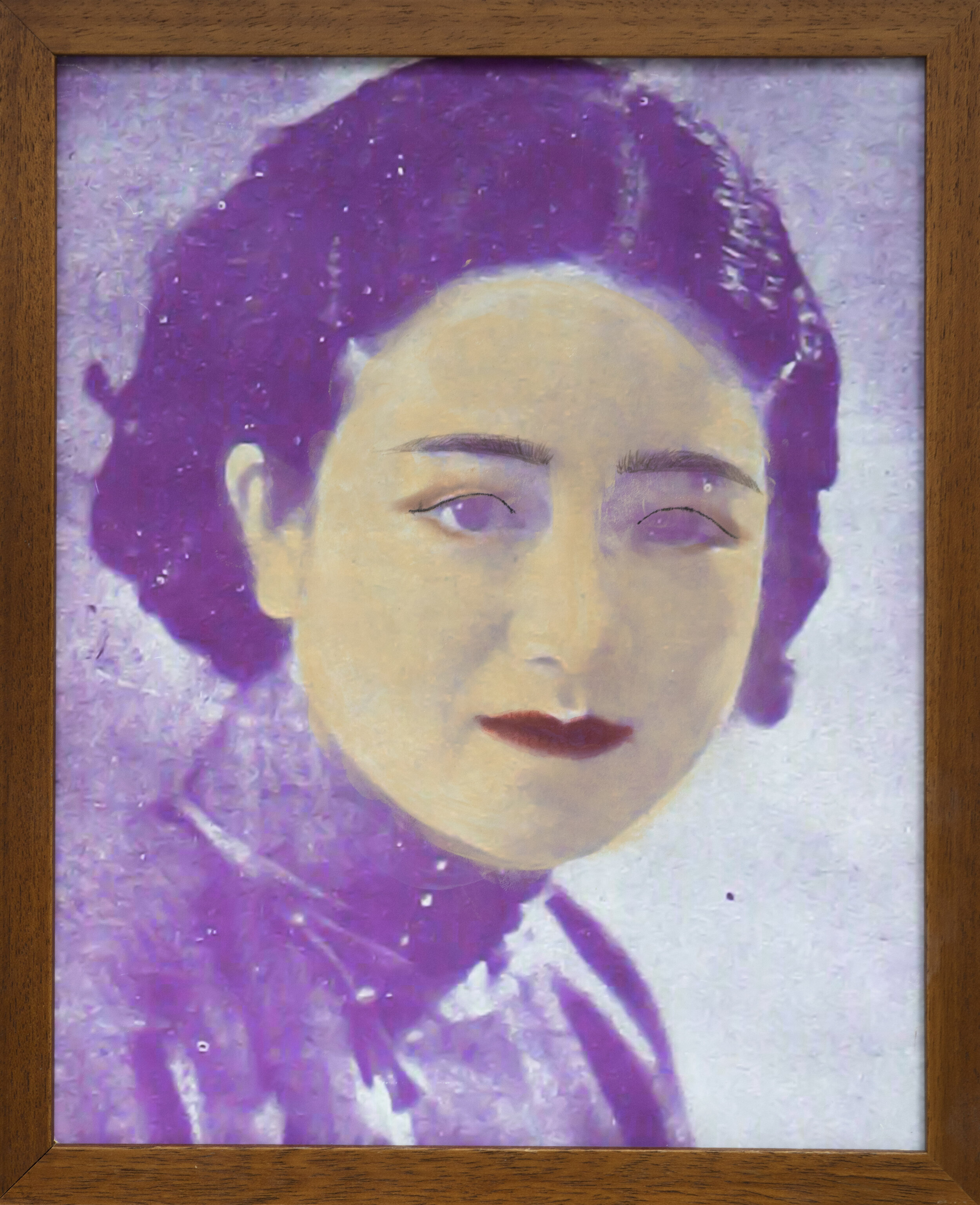
Li Rujin, 1936 (Make-up by Gong Qimeng)

Cosmetic material used by Gong Qimeng
Facial Cleanser: Rosette Cleansing Paste, Kaidei Smooth
Toothpaste: Crest Vitamin E, Mellow Batamax Flavour
Facial Toner: Nature Republic Vera Soothing & Moisture Mist
Lotion: Shiseido Aqua Label White Care Milk (Nourishing)
Foundation: Sumskm Whitening Lotion
Sunscreen: Sumskm Whitening Sunscreen Lotion
Foundation Make-up: Perfect Diary Supreme Nude Natural Flawless Hydrating Liquid Foundation
Cushion Compact: Carslan Perfection Cushion CC
Powder: Physicians Formla Butter Bronze
Eyebrow Pencil: Drawing Eye Brow, Rotating Automatic Eyebrow Pencil
Eyeliner: Moon Story Smooth Waterproof Automatic Eyeliner Gel Pencil
Eyeshadow: L.A. Girl, Eye Lux Eyeshadow 4-Color Eyeshadow
Lip Balm: Burt's Bees Royal Moisturising Lip Balm
Lipstick: Lancôme 397
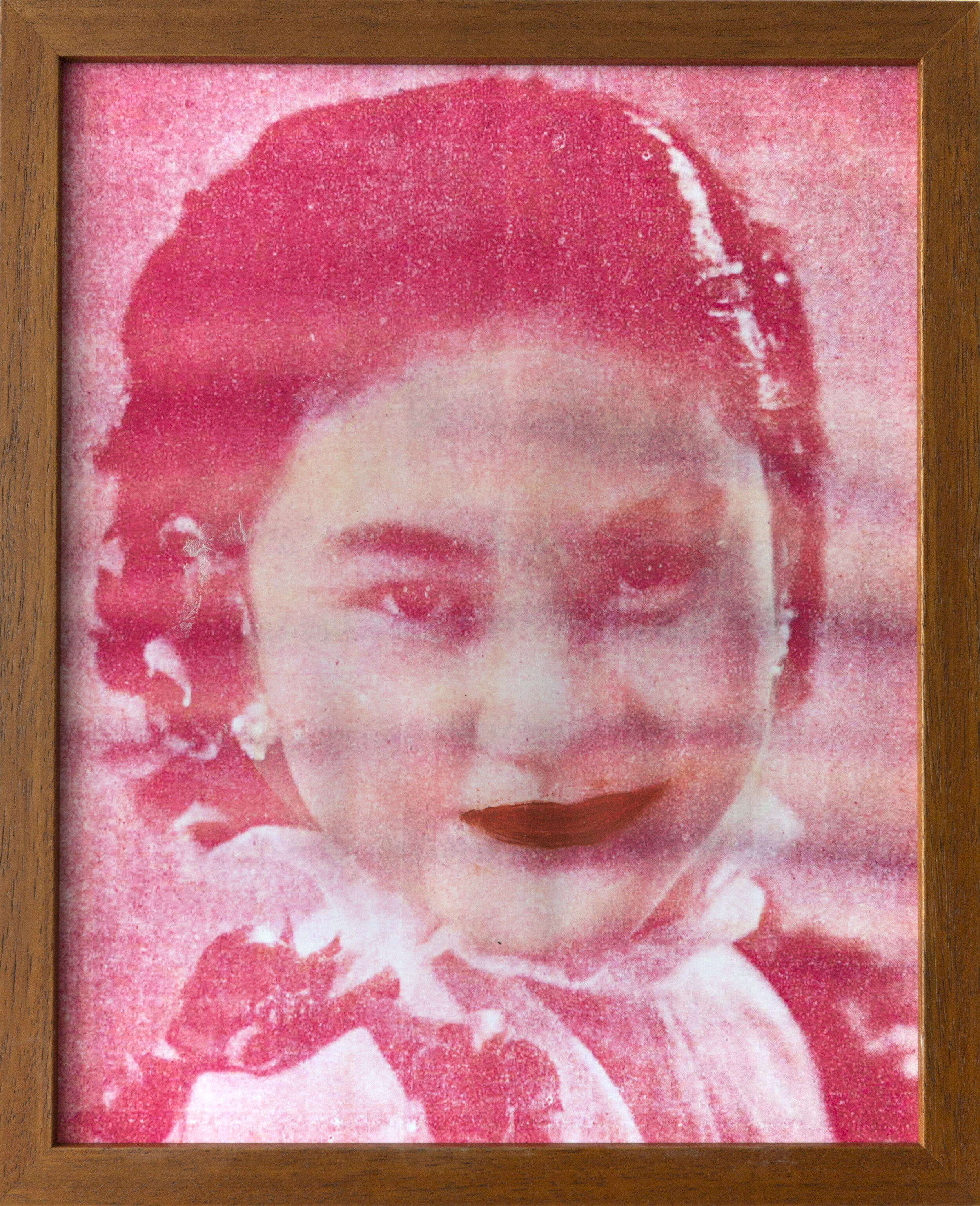
Zhu Xiaocai, 1937 (Make-up by Wang Nuanbao)
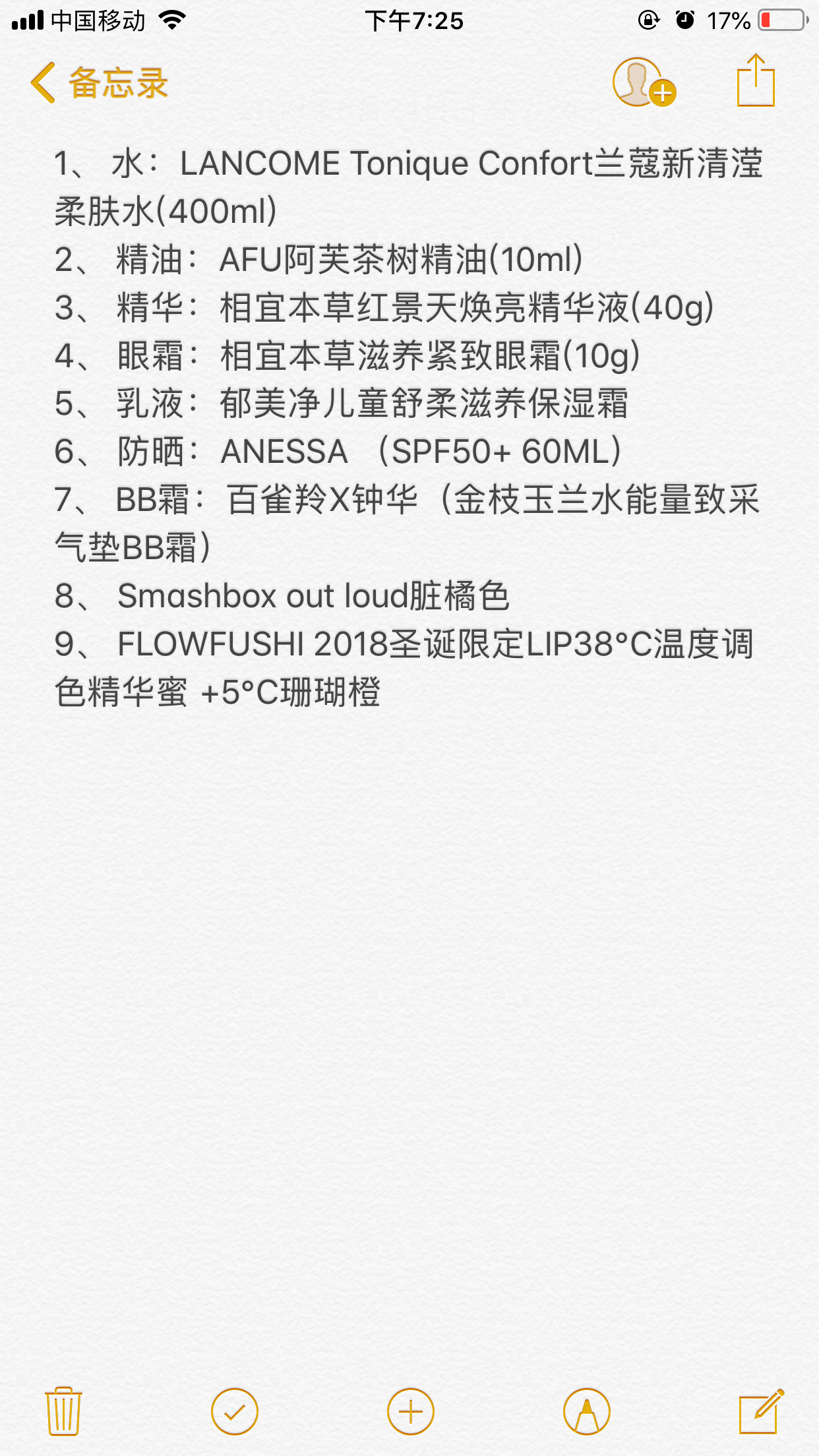
Cosmetic material used by Wang Nuanbao
Facial Toner: Lancôme Tonique Confort
Essential Oil: AFU Melaleuca Alternifolia
Face Serum: Inoherb Rhodiola Radiant Essence
Eye Care: Inoherb Nourishing & Firming Eye Cream
Moisturizer: Yumeijin Kid Cream
Protection: Anessa Perfect UV Sunscreen Skincare Milk
Foundation: Pechion Aqua Energy Shining BB Cushion
Lip Stick: Smashbox #outloud
Lip Stick: Flowfushi #Lip38°C + Lip5°C
肖像·下:复制
此版块由9位天津籍或在天津工作、学习、生活的青年女性与我合作完成。她们在我提供的刊登于1930年代《北洋画报》头版,彼时天津知名女性的照片中选一幅,我将其输出成30cm乘37.5cm的照片,装框后寄给合作者。合作者收到照片后,在某一天出门之前(或回家后),将当天自己在面部进行的化妆/护肤行为,在照片女性的面孔上重复一遍:把使用的护肤品/化妆品涂抹在画面上,部位和手法最好与自己使用这些产品时一致。完成后再寄回给我,并且留下使用的化妆品/护肤品的品牌、款式等信息记录。
Portrait-2: Replication
This is the collaboration between me and 9 young female participants who are either Tianjin-born or are working, studying, or living in Tianjin. They each selected a portrait of a female celebrity in Tianjin from the 1930s on the front page of Pei-yang Pictorial News (provided by me). I printed these images as 30 cm x 37.5 cm photographs, framed them, and mailed them to the participants. Once they received the photographs, the participants would apply whatever facial skincare /makeup products they used on themselves on the faces in the photographs on a random day before they went out (or after they came home): each participant was asked to replicate her own skincare/makeup routine on the woman in the photograph as faithfully as possible (in terms of skin areas and methods), and mail the picture back to me with a note on the brand and type of skincare/makeup products used.



